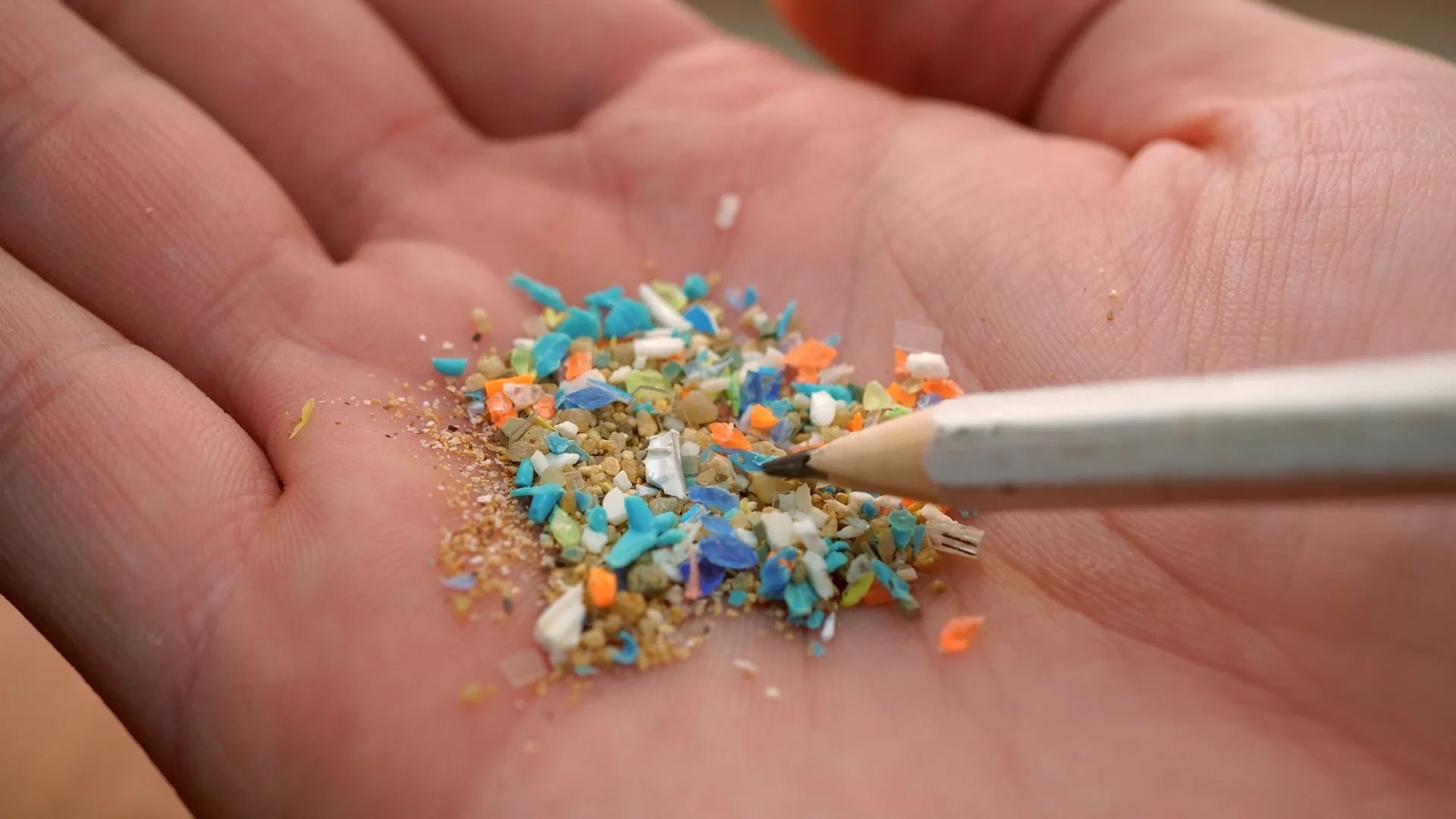
What are microplastics? Tiny plastic pieces less than 5mm in size, microplastics are everywhere. Found in oceans, rivers, soil, and even the air, these small particles come from larger plastic debris breaking down or from products like cosmetics and clothing. They pose a threat to wildlife, as animals often mistake them for food. This can lead to health issues or even death for these creatures. Humans aren't immune either; microplastics have been detected in drinking water and food. Scientists are still studying the long-term effects on human health, but the presence of microplastics in our environment is a growing concern. Reducing plastic use and improving waste management are crucial steps in tackling this issue. Understanding microplastics is key to protecting our planet and health.
What Are Microplastics?
Microplastics are tiny plastic particles less than 5 millimeters in size. They are found everywhere, from oceans to the air we breathe. These small particles come from larger plastic debris breaking down or are manufactured as microbeads in products.
-
Microplastics are smaller than a grain of rice. These particles can be as tiny as a speck of dust, making them hard to see with the naked eye.
-
They come from everyday products. Items like toothpaste, face scrubs, and even some cleaning products contain microbeads, a type of microplastic.
-
Clothing fibers contribute to microplastic pollution. Synthetic fabrics like polyester shed tiny fibers during washing, which end up in waterways.
-
Microplastics are found in the ocean. They float on the surface, sink to the bottom, and are even found in Arctic ice.
-
They can travel long distances. Carried by wind and water currents, microplastics can move across continents and oceans.
How Do Microplastics Affect the Environment?
Microplastics pose a significant threat to ecosystems. They impact wildlife and can disrupt natural processes in the environment.
-
Marine animals mistake microplastics for food. Fish, turtles, and birds often ingest these particles, mistaking them for food.
-
Microplastics can harm coral reefs. These particles can block sunlight and damage coral, affecting the entire reef ecosystem.
-
They can absorb harmful chemicals. Microplastics can attract and hold onto pollutants, making them even more toxic when ingested by animals.
-
Soil health is affected by microplastics. These particles can alter soil structure and reduce its ability to retain water and nutrients.
-
Microplastics can disrupt plant growth. They can block roots from absorbing water and nutrients, stunting plant growth.
Are Microplastics Harmful to Humans?
While research is ongoing, there are concerns about the potential health effects of microplastics on humans.
-
Microplastics are found in drinking water. Studies have detected these particles in both bottled and tap water worldwide.
-
They can enter the food chain. When marine animals ingest microplastics, these particles can work their way up the food chain to humans.
-
Microplastics have been found in human organs. Recent studies have detected them in organs like the liver and kidneys.
-
They may carry harmful bacteria. Microplastics can provide a surface for bacteria to grow, potentially spreading disease.
-
The long-term health effects are still unknown. Scientists are still studying how microplastics might affect human health over time.
What Can Be Done About Microplastics?
Efforts are being made globally to reduce microplastic pollution and its impact on the environment.
-
Banning microbeads in products. Many countries have banned or restricted the use of microbeads in cosmetics and personal care products.
-
Improving waste management. Better recycling and waste management practices can help reduce plastic pollution.
-
Developing biodegradable alternatives. Researchers are working on creating biodegradable plastics that break down more easily.
-
Raising public awareness. Educating people about the impact of microplastics can lead to more environmentally friendly choices.
-
Innovative cleanup technologies. New technologies are being developed to remove microplastics from water bodies.
How Can Individuals Help Reduce Microplastics?
Everyone can play a part in reducing microplastic pollution through simple lifestyle changes.
-
Choose natural fibers. Opt for clothing made from natural materials like cotton or wool instead of synthetic fabrics.
-
Avoid products with microbeads. Check labels and choose products that do not contain microbeads.
-
Reduce plastic use. Use reusable bags, bottles, and containers to cut down on plastic waste.
The Ripple Effect of Microplastics
Microplastics are tiny but mighty in their impact. These small particles, often less than 5 millimeters, are found everywhere—from the deepest oceans to the highest mountains. They come from various sources like cosmetics, clothing, and even car tires. Once in the environment, they can harm wildlife and enter our food chain. This isn't just an environmental issue; it's a human health concern too. Scientists are still studying the full effects, but early findings suggest potential risks to our well-being. Reducing microplastic pollution requires collective action. Simple steps like using fewer plastic products, supporting sustainable brands, and advocating for stricter regulations can make a difference. Awareness is key. By understanding the facts and spreading the word, we can all contribute to a cleaner, healthier planet. Every small change counts in the fight against microplastic pollution. Let's take action today for a better tomorrow.
Was this page helpful?
Our commitment to delivering trustworthy and engaging content is at the heart of what we do. Each fact on our site is contributed by real users like you, bringing a wealth of diverse insights and information. To ensure the highest standards of accuracy and reliability, our dedicated editors meticulously review each submission. This process guarantees that the facts we share are not only fascinating but also credible. Trust in our commitment to quality and authenticity as you explore and learn with us.


